Answering the Question- How Many Sit-Ups Should I do a Day?

You probably ask yourself, “how many sit-ups should I do a day to meet my fitness goals?”
Sit-ups are bodyweight exercises that engage multiple muscles to target the abdominals, mainly for strength.
There is no predetermined or distinct number of sit-ups you can do daily. However, an average person is able to do 20-30 sit-ups every minute, while a more fit individual can do 50-60 within the same time.
It is best to perform two resistance training workouts weekly if you are an adult. You should not only do sit-ups, but you need to combine them with at least 8-12 reps of 8-10 other exercises to work various muscles.
You can't get abs in two weeks or more by doing sit ups. According to Livestrong, if you combine three sit-up sets with 25-50 reps, you can build your abs.
As you will see below, effective sit-ups are done with proper technique alongside a healthy diet and other exercise regimes.
How many sit-ups a day do you have to do to lose belly fat?

The amount of belly fat you can lose is not contingent on how many sit-ups you do daily, but they still matter to a certain extent.
As you do sit-ups, you mainly do a resistance exercise.
Sit-ups alone will be significant in helping you tone your muscles, but they are not helpful in helping you burn fat or calories unless you do extreme numbers.
For noticeable belly fat burn, you need to accompany them with other well-rounded exercises. You also need to focus on the workout’s quantity vs quality and consume a proper diet.
Sit-ups and Calorie Burning

Doing 100 sit-ups in five minutes is equivalent to burning 30 calories, and a pound of fat is about 3500 calories. To lose a pound of fat in a week, you must burn five hundred calories daily.
Based on these arithmetics, you will only be able to lose a pound of fat with 10,000 sit-ups performed in increments of five minutes. Those are very many sit-ups for a rather minor calorie burn.
Sit-ups for Beginners
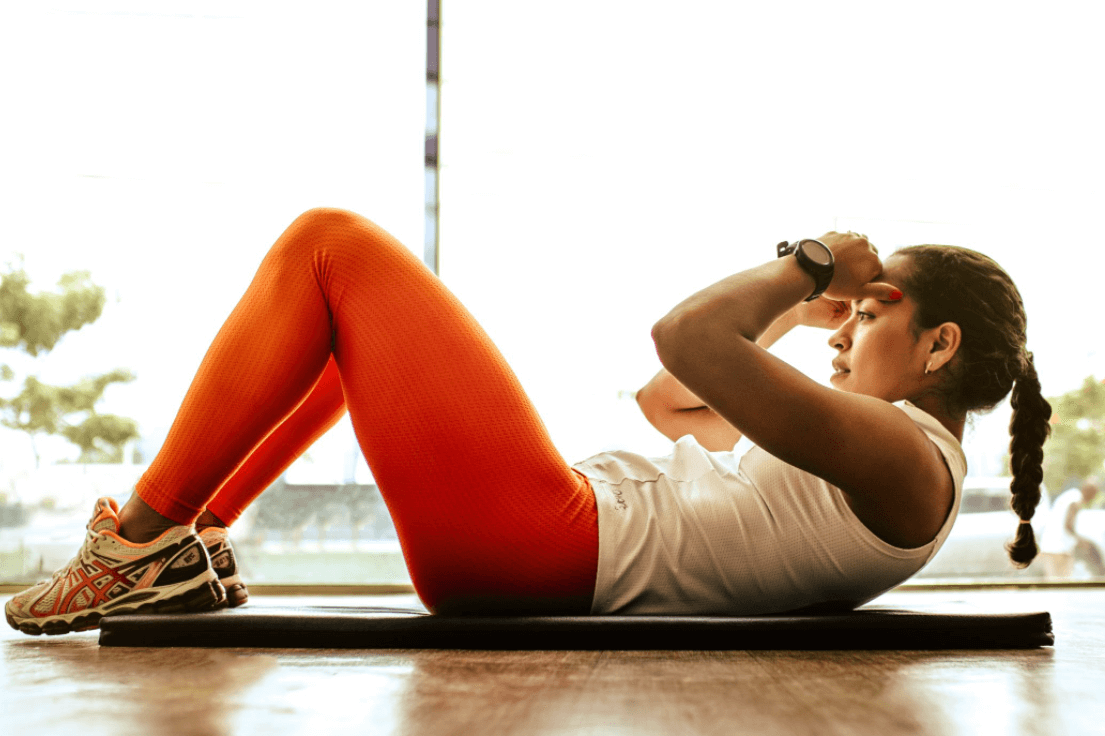
Generally, if you are a sit-ups beginner, fitness experts will tell you that the number of sit-ups you should do depends on various factors, including health, age, fitness level, and sex.
Males have more muscles than females, and young people have more muscles than older adults. Having more muscle allows you to do more sit-up repetitions. If you are a rookie looking to get started with home fitness workouts, or an older adult seeking for fun exercises for seniors, consider starting with a low number of sit-ups.
A healthier individual can accommodate more repetitions than an unhealthy counterpart.
Benefits of sit-ups
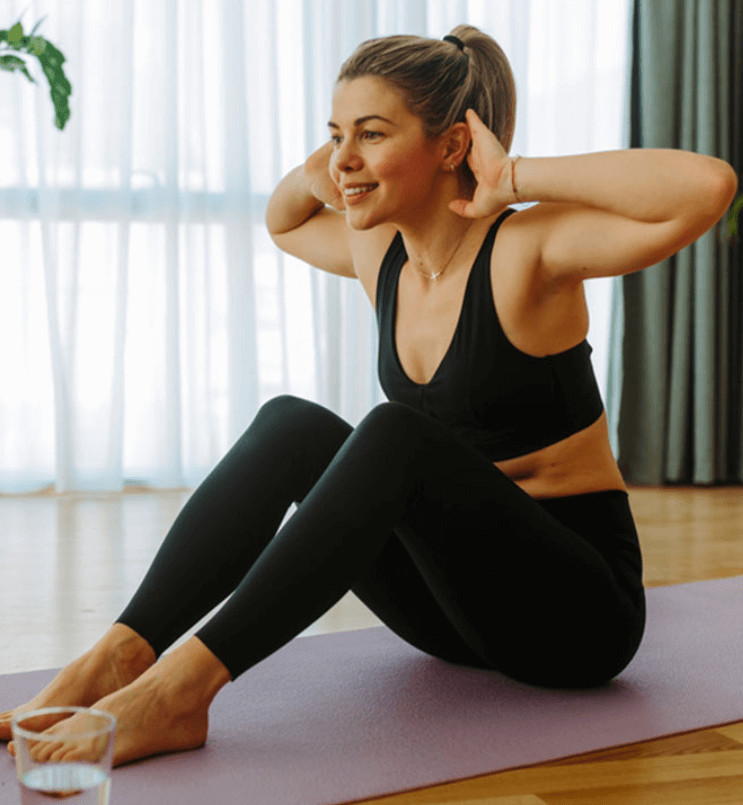
Sit-ups are significant in boosting your overall health and fitness for various reasons.
Strengthening your core

Sit-ups are excellent core strengthening exercises because you use your body weight as you do them. You gain more stability and body balance as you strain the involved muscles.
As I mentioned above, you might not be able to get a 10 pack or 12 pack ab set overnight with this workout.
If you are shooting to make those abs pop, adding other core workouts like the planche lean, planks and push-ups, one punch man workout, or double crunches among others.
Improving body posture
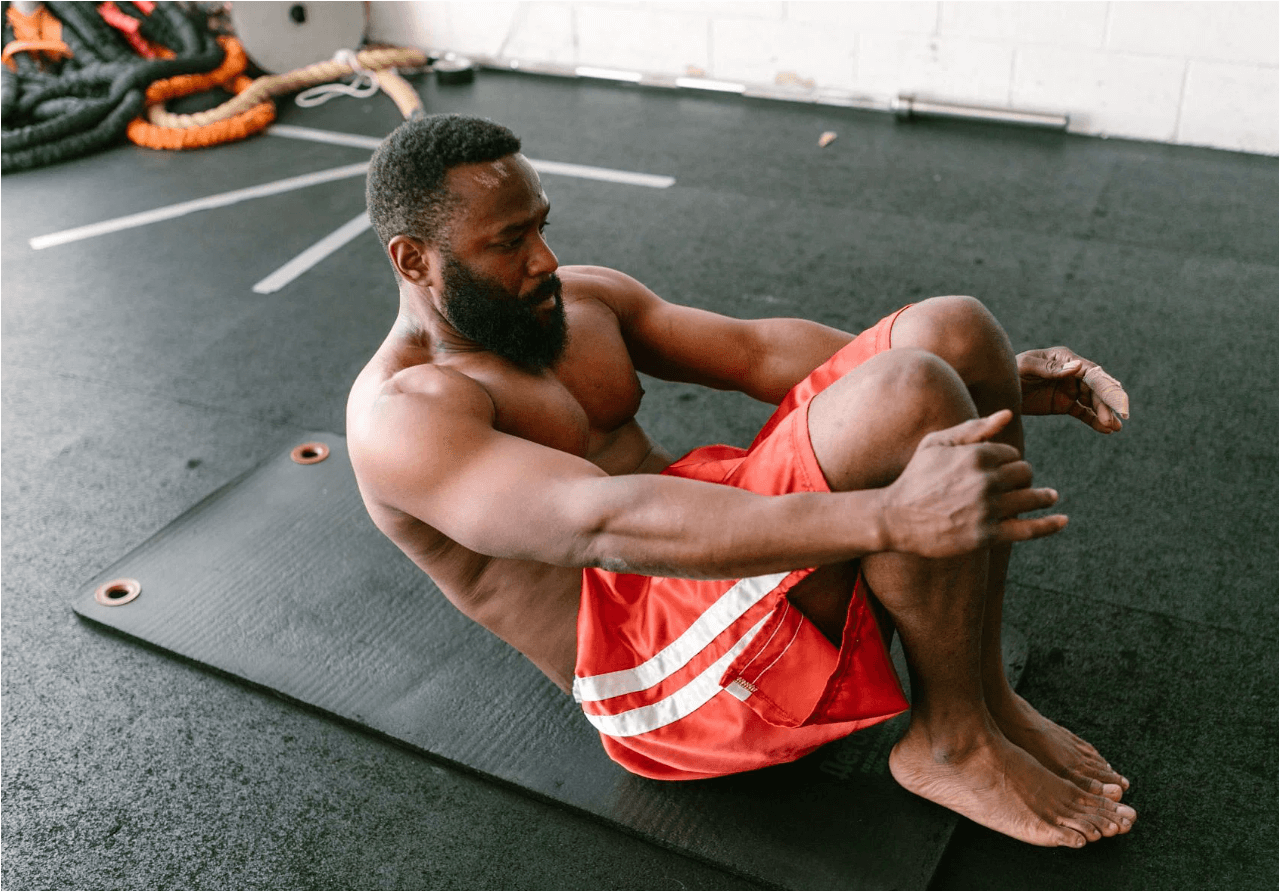
Because sit-ups are core strengthening exercises, they can help condition the muscles involved for a better body support system. Sit ups help the body's alignment at a neutral spinal position resulting in an improved posture.
Other great workouts that help fix posture issues include wall angels, as well as wall sits and squats.
Enhanced bodily functions

Body tension is acted upon with a strong core and improved posture, resulting in enhanced energy levels and better respiratory functions. By doing sit-ups, you will also get to boost your athletic performance because your muscles become more responsive and agile.
Reduced injury
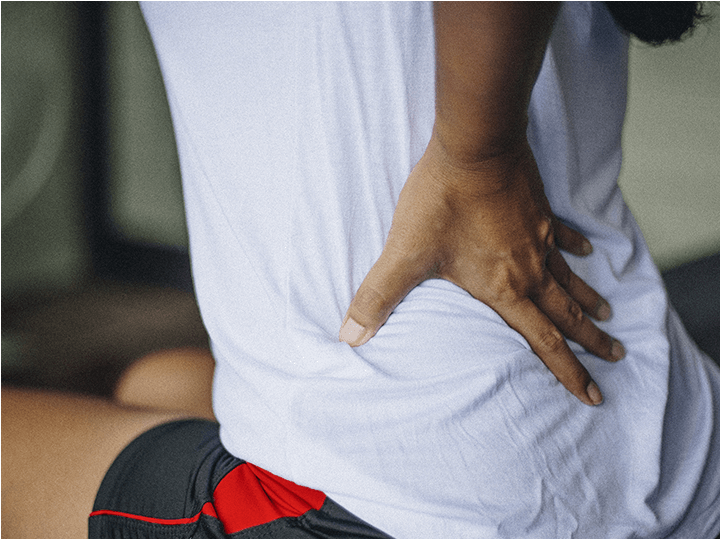
Because sit-ups are significant in improving your range of motion and flexibility, they will help you minimize back pain and injury risk.
How many sit-ups a day for beginners?
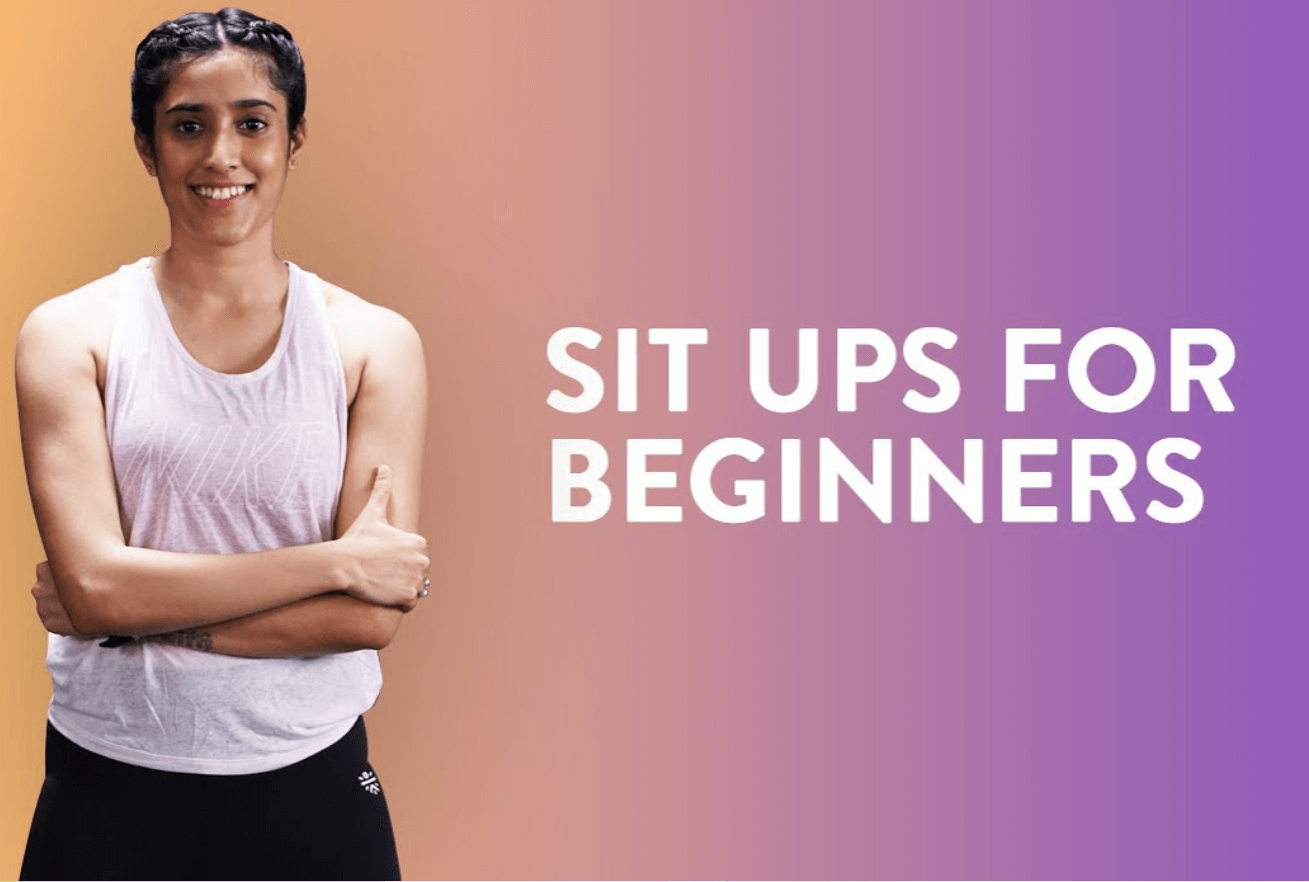
If you are beginning to do sit-ups, you must ask yourself- how many sit-ups should I do a day?
The best number of sit-up repetitions to do initially at a time is 10.
However, as you become more experienced and improve your fitness level, you can exceed these levels. It's essential to measure your current fitness level before starting this workout.
Repetitions are necessary, but so is the sit-up form you employ.
That's part of the game really, whether you're doing calisthenics or weight exercises.
Related Reading; How Many Lunges Should I Do a Day?
How to do sit-ups for beginners
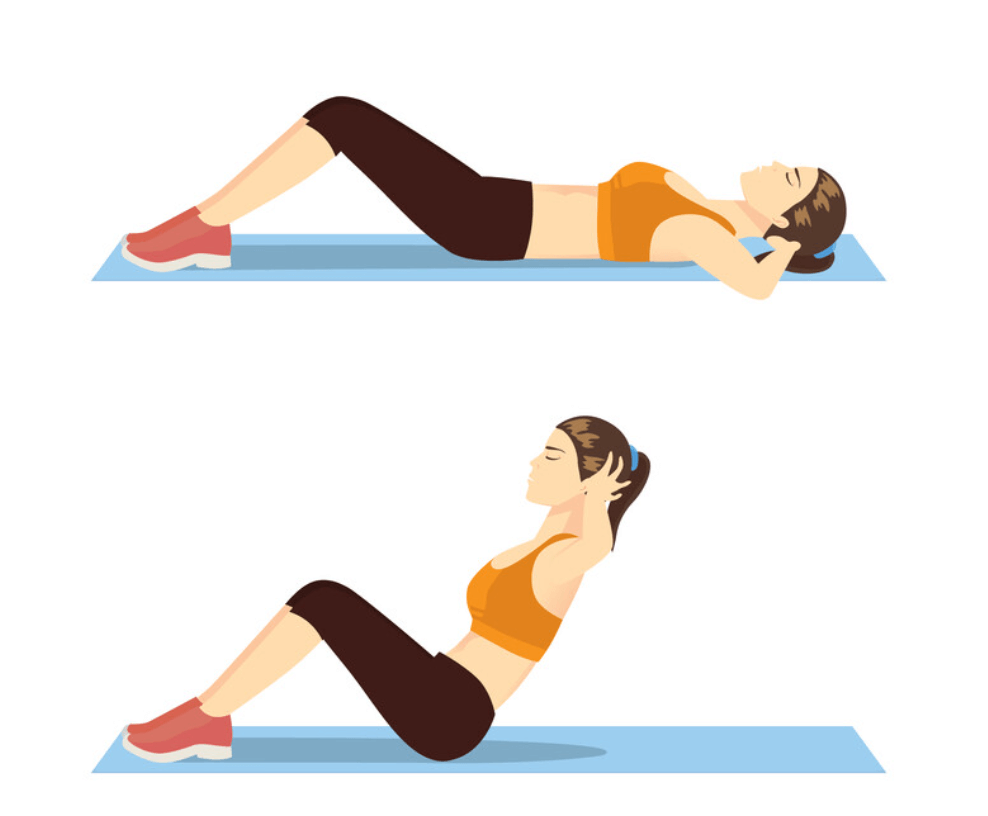
Proper technique is significant when it comes to doing sit-ups.
Step1: You begin by lying on the ground with your knees bent and positioned at hip distance. Your feet should be flat and firm on the ground to give you enough stability.
Step2: Follow by placing your hands behind your head at the point it meets your neck and have your elbows pointed to opposite sides. The next thing to do is to pull in your belly button and then raise your torso slowly towards your knees as you exhale.
Step3: Do not fold or stretch your neck or be tempted to do rapid movements. Going too quickly depends more on momentum and not muscle engagement.
Step4: Finally, lower yourself back to the starting point as you inhale and repeat.
**Sit-ups Safety Tips
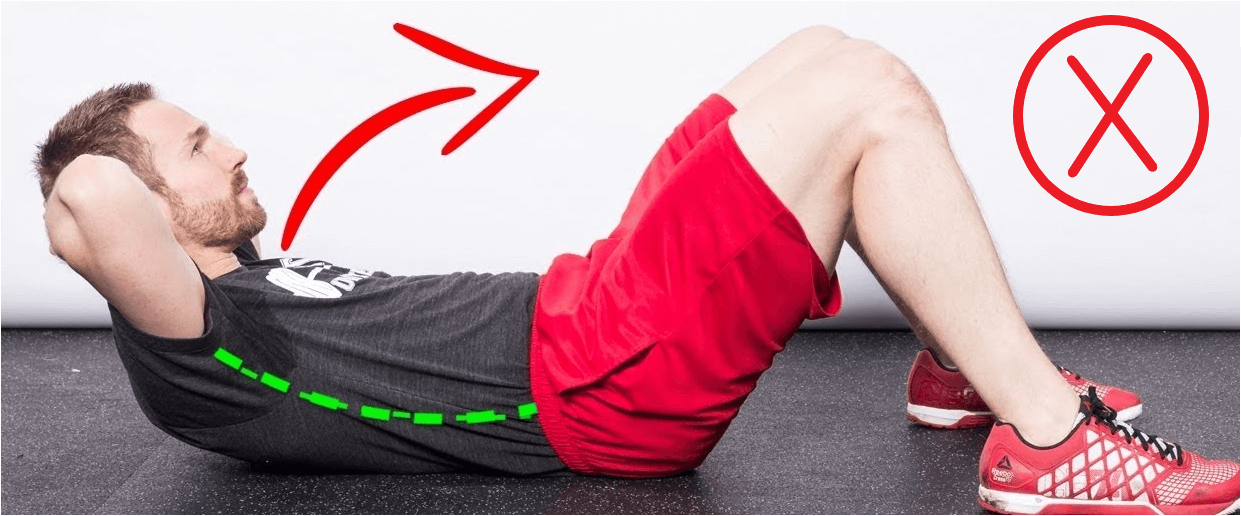
If you experience pain in your lower back while doing sit-ups, the chances are that you are doing them incorrectly or the ground is too hard for your back. You may also have an injury.
If you do too many sit-ups without working out or engaging other muscles can result in overtightened hip flexor muscles. That can result in pulled back muscles, causing you pain.
Sit-ups Every day for a Month’s Results

Doing sit-ups every day can significantly give you a strong core in a month. Your body will become more toned, and you may have a slight fat reduction. Same thing happened to me when I did a gruelling challenge to hit 1000 crunches a day, and later on when I set out to do 100 push-ups, 100 situps and 100 squats for 30 days.
But remember, the quantity and intensity is key.
However, sit-ups or these other exercises will not effectively build your muscles because only your body weight is involved.
If you do sit-ups every day for a month, your body and muscles get used to the workout. If you are not straining your muscles, they do not break apart for more growth.
That simply becomes muscle maintenance.
It is still good for you, but you won’t really get bigger. To build muscle within the month, incorporate more strength training exercises.
To lose weight, combine strength training with aerobics and high-intensity workouts. As you do that, build progression and eat a healthy diet.
Frequently Asked Questions
What happens if I do 100 sit-ups a day?
If you target to do 100 sit-ups daily with the proper technique, you will build your core and generally get a toned body with more flexible hip and back muscles.
However, one hundred sit-ups alone daily will not help change your body regarding fat and weight loss. To burn fat and lose weight, you will have to create a workout routine such as one punch workout, which includes other exercises such as squats, push ups, and cardio.
To do 100 full sit-ups, you will need breaks. Breaks of about 5-30 minutes are ideal. You will find that the sit-ups become easier to do with repetition.
Do sit-ups reduce belly fat?
No.
Sit-ups are excellent in helping you tone your body but not very practical for burning and helping lose belly fat. They will work and tone your rectus and traverse abdominis muscles, obliques, and neck muscles.
If you are looking to use sit-ups to specifically burn belly fat, they are not the best. They will only give you a more toned belly and one that appears flatter.
You will only lose belly fat if you accompany your sit-ups with a diet with fewer calories and fat-burning exercises. You can achieve that by doing 45-60-minute-high-intensity workouts alongside your sit-ups.
Final Thoughts
Sit-ups are excellent beginner exercises that you can advance as you progress.
If you perform them with the proper technique, they should help strengthen your core. However, they will not be significant in helping you lose belly fat.
Doing sit-ups while consuming a healthy diet with fewer calories and combining them with other strength training and high-intensity exercises will help you burn belly fat and build muscle.
Related Readings;
- 3 Day Protein Shake Diet: I Tried It, Here Is What I Learned
- Have you Been Struggling to Lose Weight? Find out How to Without Exercise and Diet
- Do Keto Meal Replacement Shakes Work? Learn How to Prepare Keto Meal Replacement Shakes
- Best Workouts & Exercises for Teenage Girls (As Backed by Science!)
- What Happened When I Started Doing 100 Jumping Jacks a Day
- I Did Squats Everyday for 3 Months - Should You? Here's What I Learned


